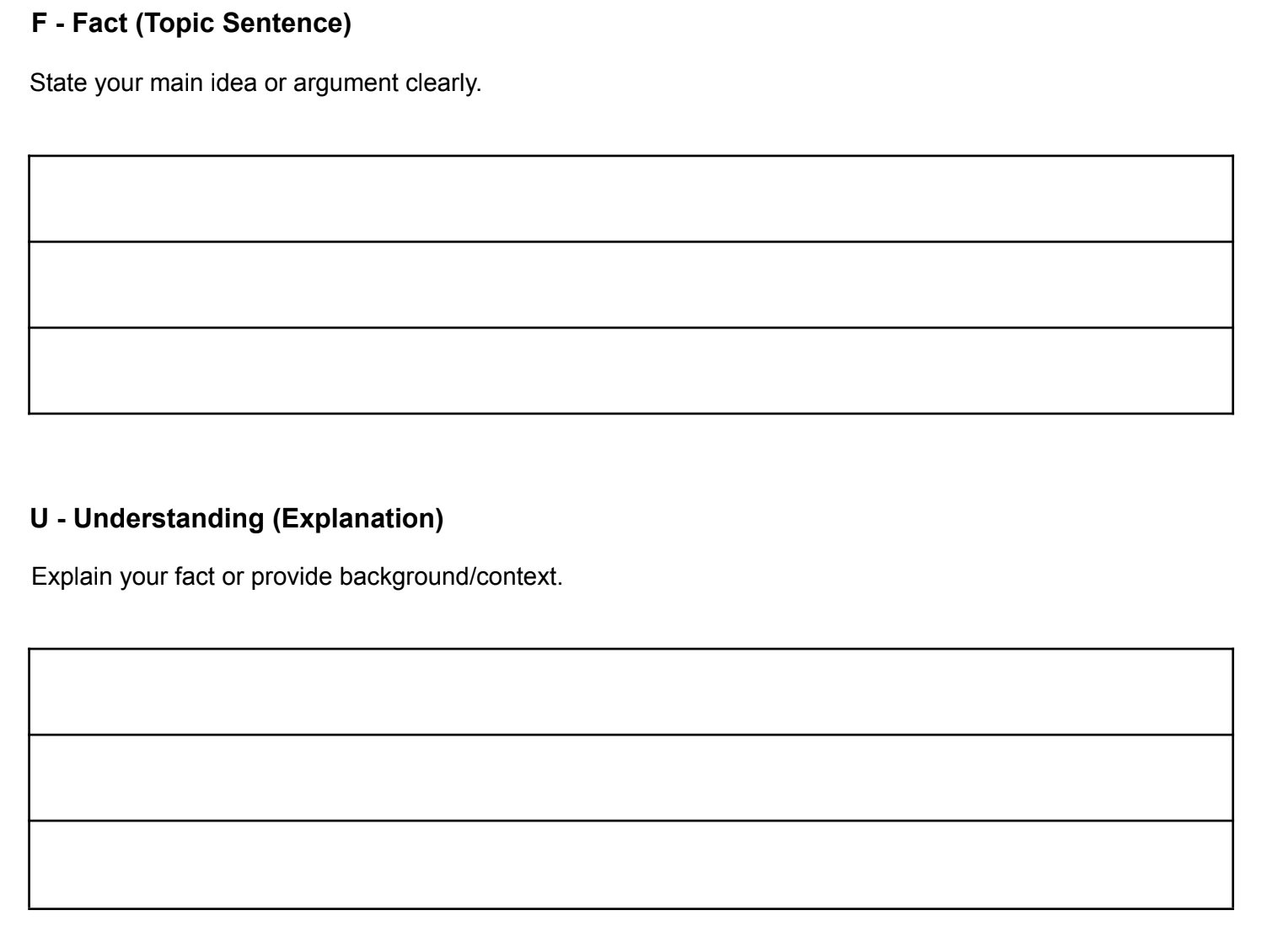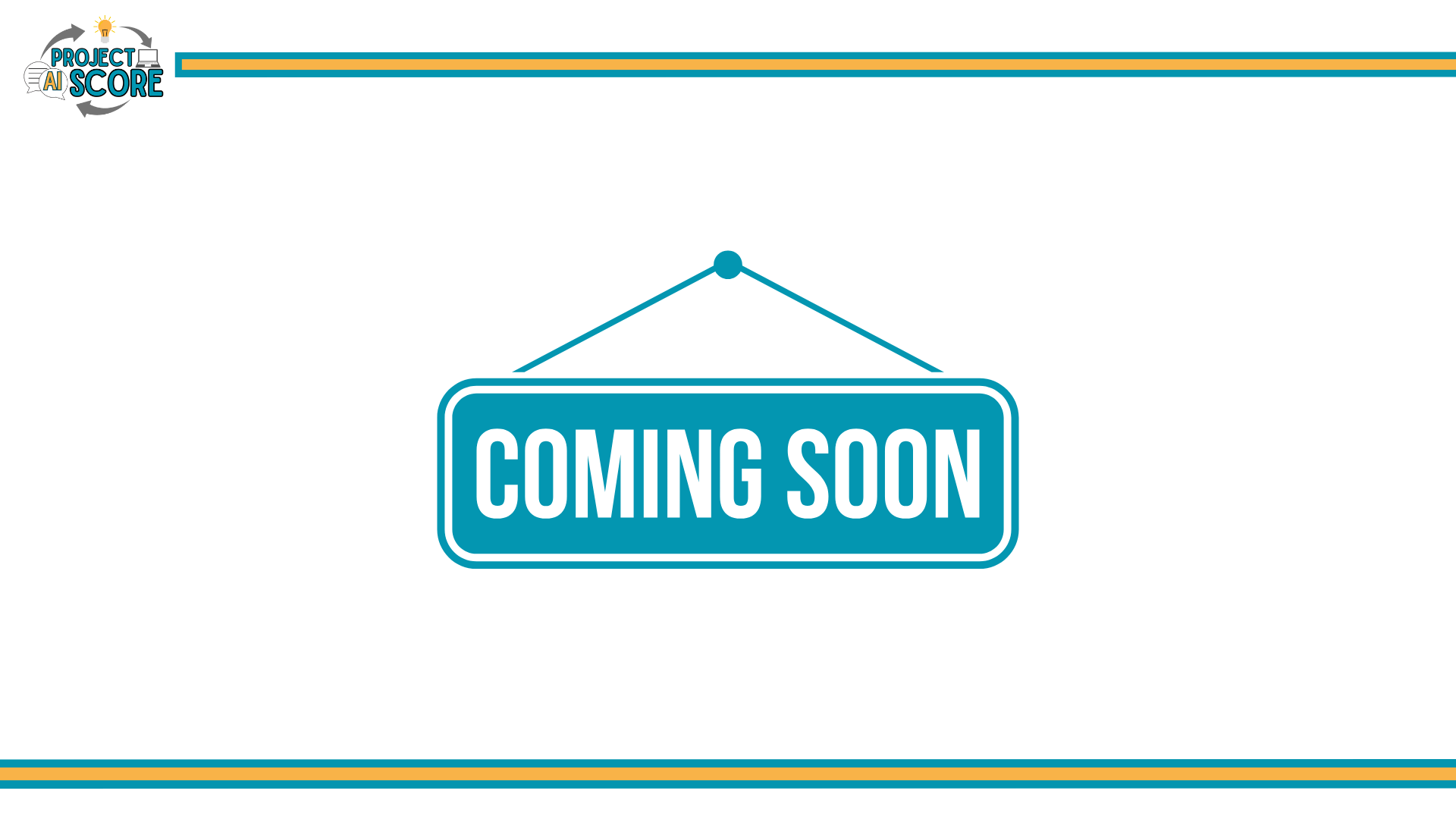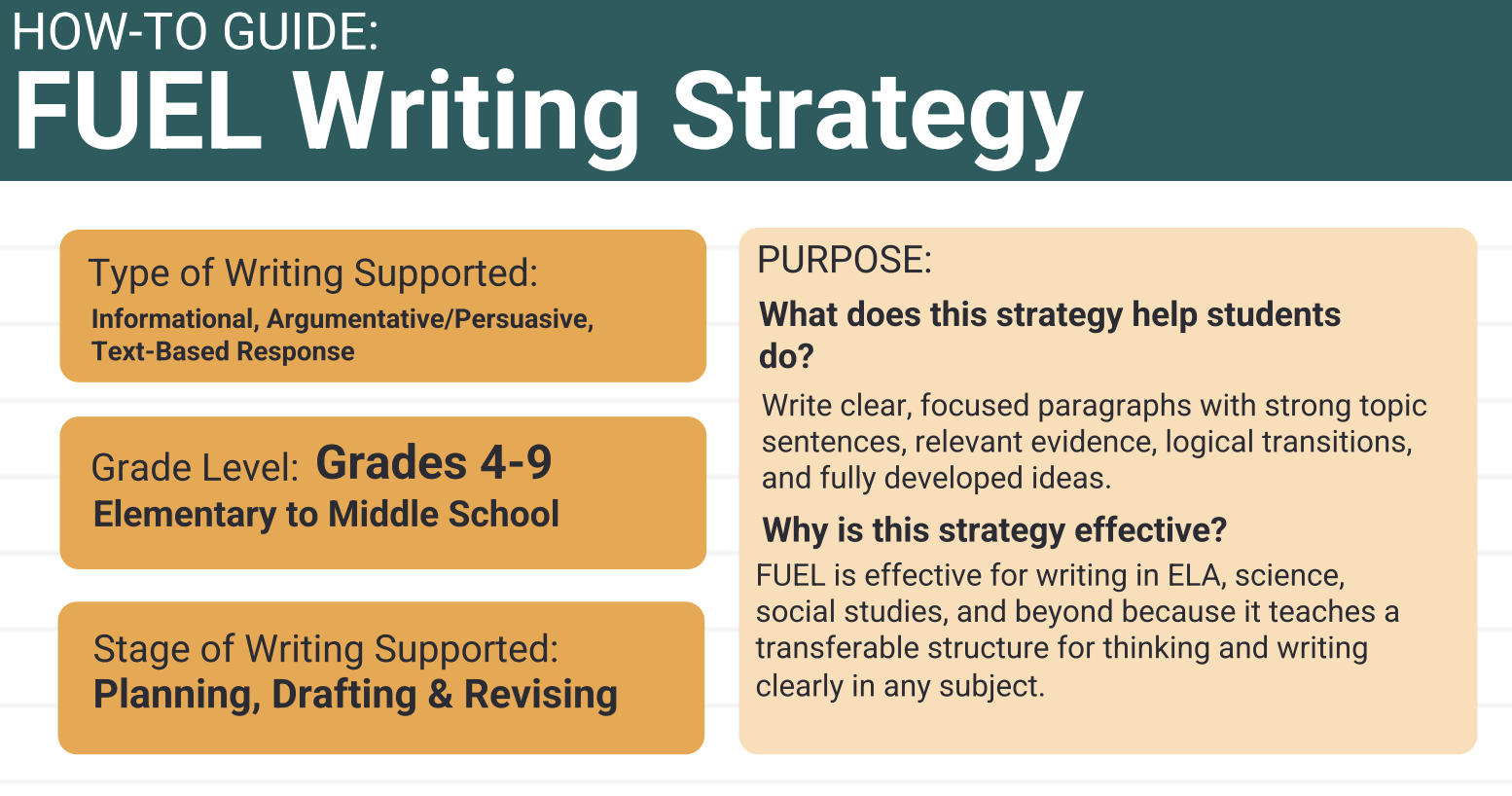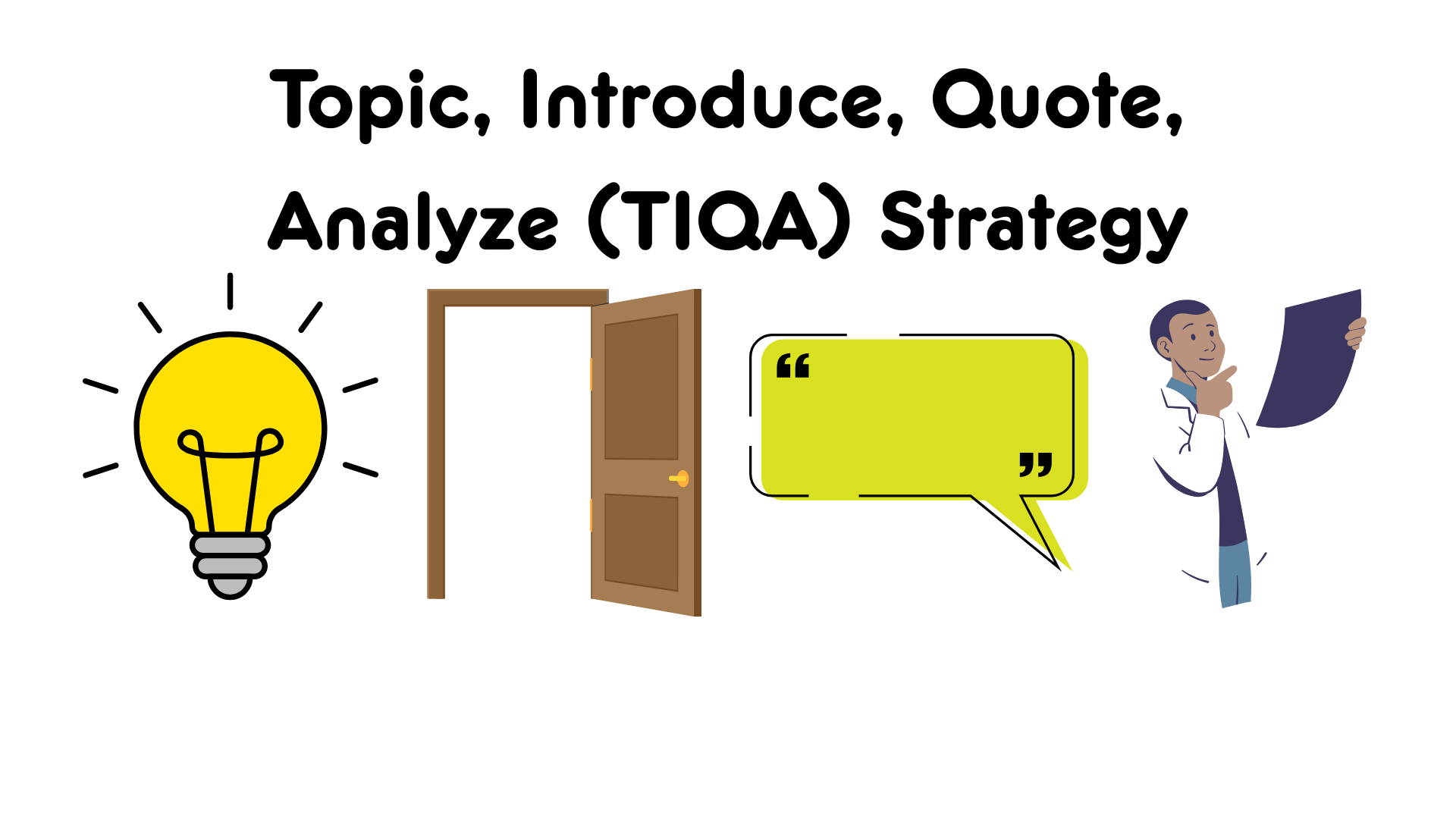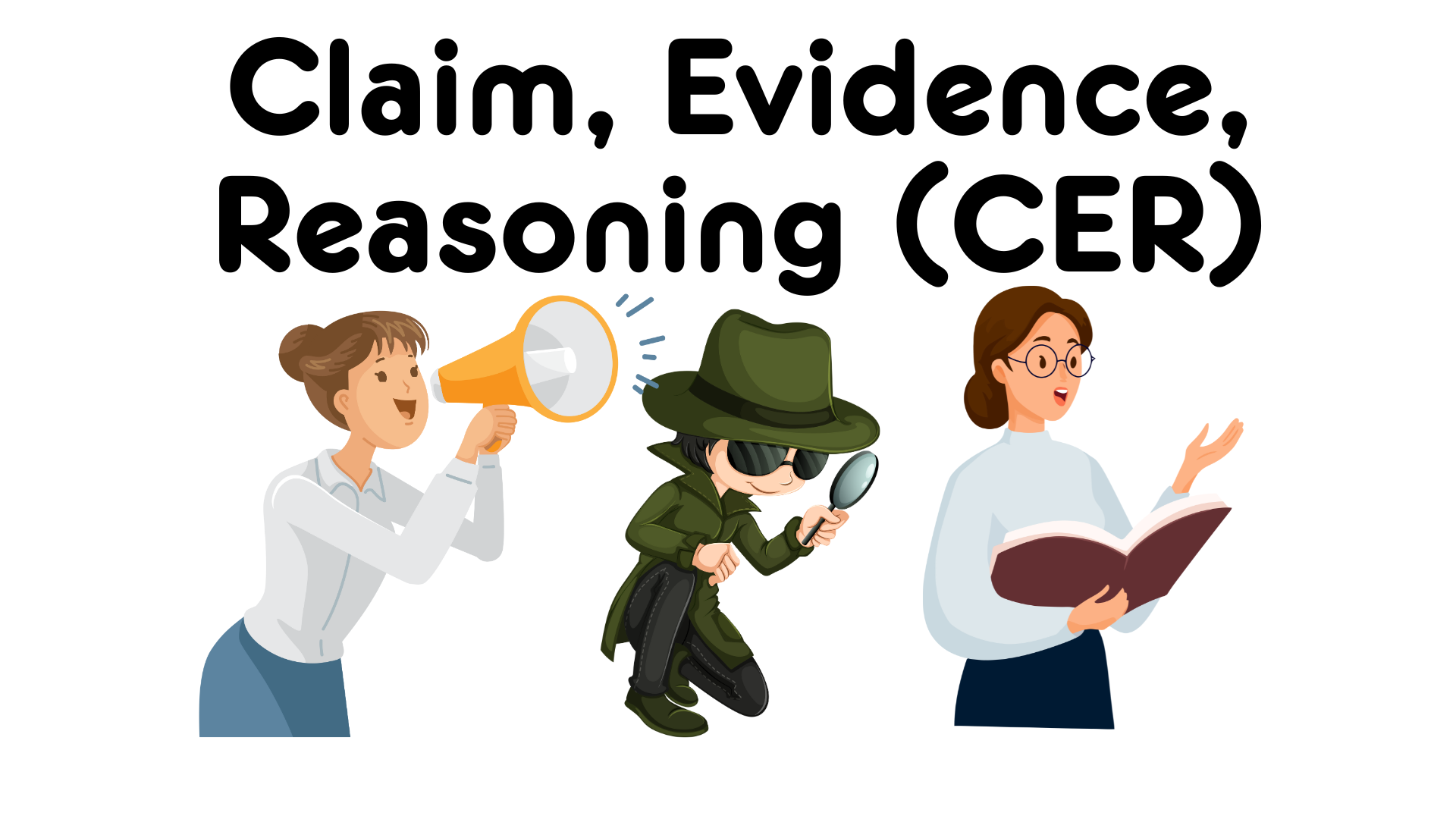Focus, Understand, Evidence, and Link (FUEL) Strategy
Strategy Parameters
-
Genre: Informational, Argumentative, Persuasive, Text-Based Response.
-
Grade Level: Grades 4–9.
-
Writing Process: Planning, Drafting, Revising.
At-A-Glance
The FUEL strategy (Focus, Understand, Evidence, Link) guides students in constructing clear, organized paragraphs by emphasizing four essential components for text-based responses. It reduces writing anxiety by making expectations clear, helping students write strong topic sentences, explain their thinking, and support ideas with relevant evidence. By breaking the process into manageable steps, FUEL encourages deeper thinking and supports consistent writing quality across subjects.
Learn More
Best Practices
-
Teach each FUEL step explicitly before expecting students to apply the strategy independently.
-
Model examples frequently, demonstrating how strong paragraphs follow the FUEL format.
-
Use color-coding or labels to help students visually organize and check their writing against the four components.
-
Encourage students to use FUEL as a checklist while writing and during the revising stage.
-
Differentiate support based on student needs, providing tools like sentence frames, graphic organizers, and peer support.
Common Pitfalls
-
Don’t skip modeling; students need to see what each part of the structure looks like in practice.
-
Don’t assume all students can explain or find evidence without targeted, guided practice.
-
Don’t treat FUEL as a rigid formula that stifles creativity; it is a structure intended to guide, not script, their ideas.
-
Don’t rush students into writing full paragraphs before they have had a chance to practice and master each component individually.
-
Don’t ignore the “L” (Link) step, as this component is crucial for building cohesion and strengthening argumentation within the paragraph.
Implementation Tips
-
Modeling and Visual Reinforcement: Begin by modeling the FUEL strategy in real time using a short, familiar text and prompt, walking students through each step with a think-aloud as you write the paragraph. Create and display a color-coded anchor chart to serve as a constant visual reminder of the Focus, Understand, Evidence, and Link components.
-
Collaborative Practice: Use sample paragraphs to compare strong and weak writing, engaging students in collaborative activities like sorting sentences into the correct order or building paragraphs together. Use these activities to reinforce the structure and highlight what effective evidence and analysis look like.
-
Guided and Independent Application: Scaffold student practice with structured worksheets and gradually move toward independent writing tasks, such as daily warm-ups or revising past work. Encourage students to use FUEL as a self-regulation checklist while writing to ensure all parts of the paragraph are present and fully developed.

